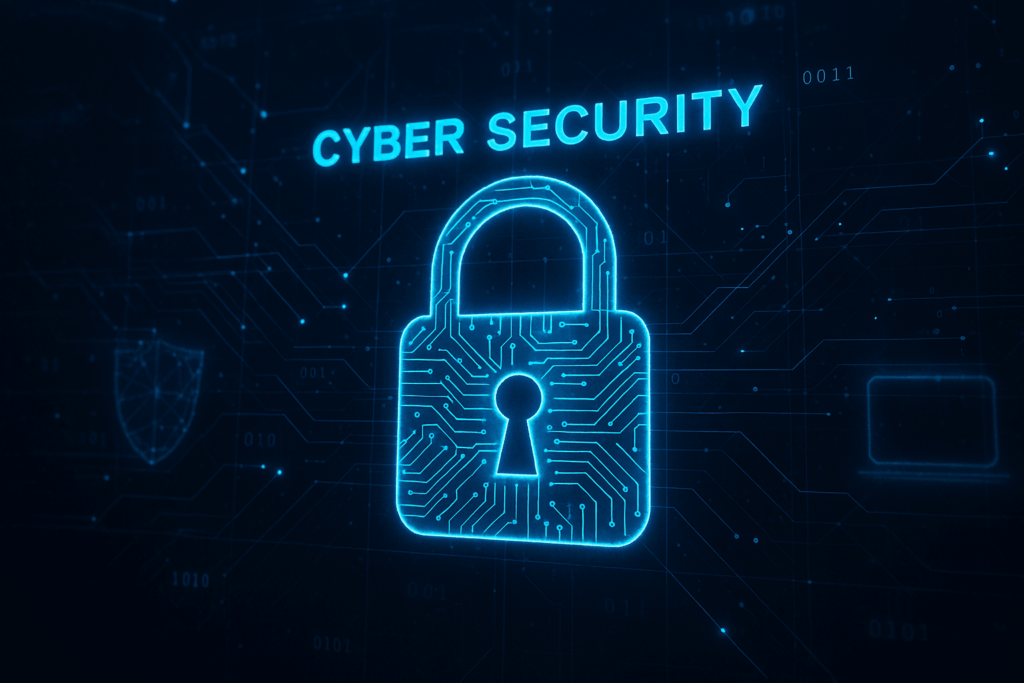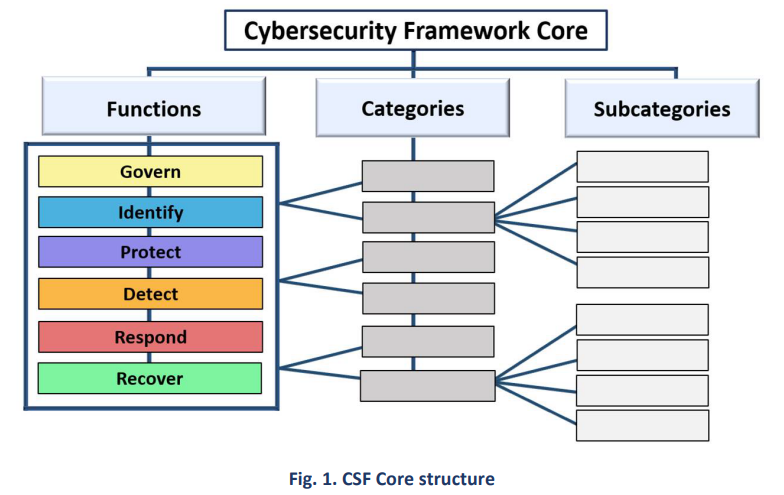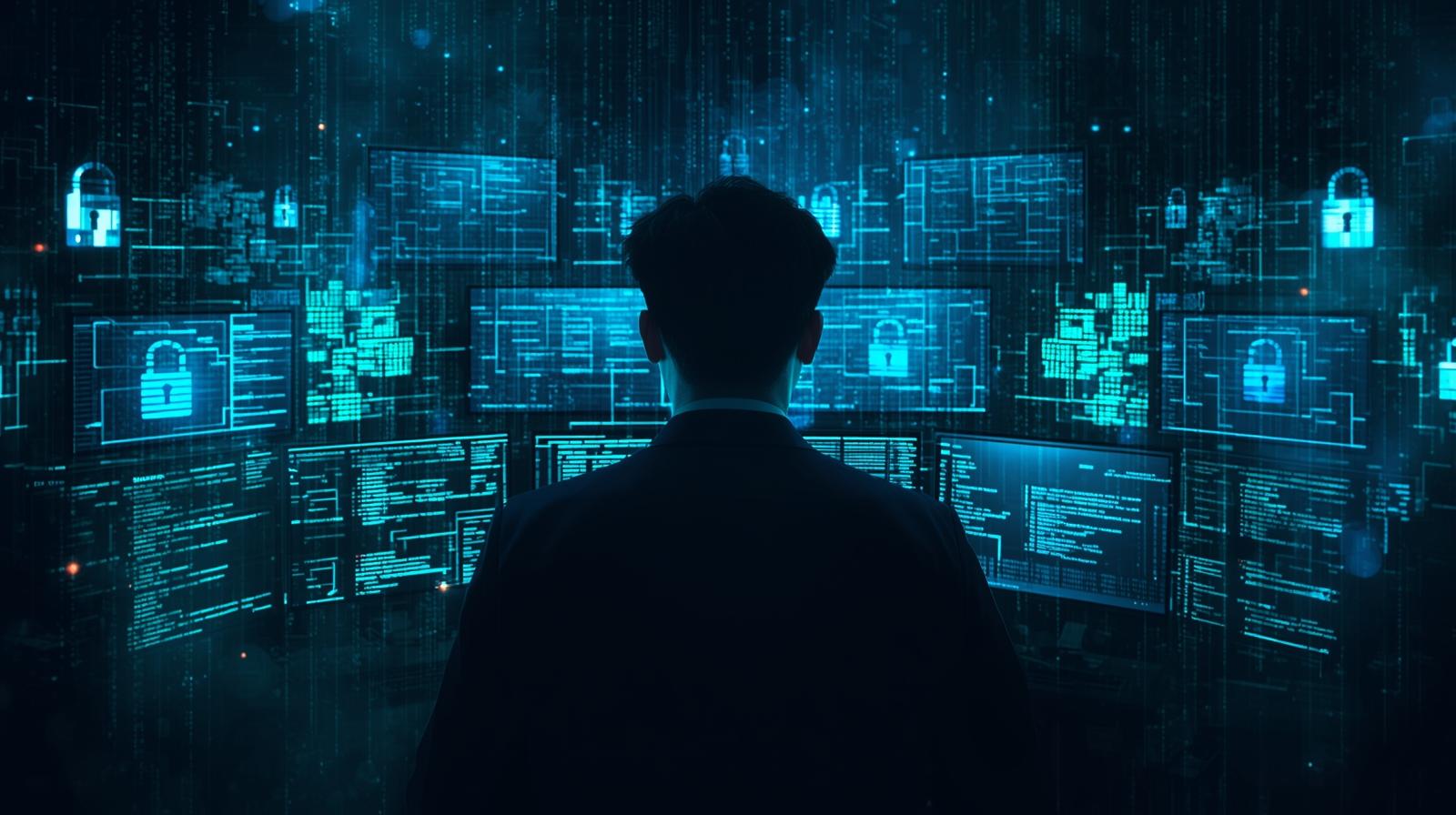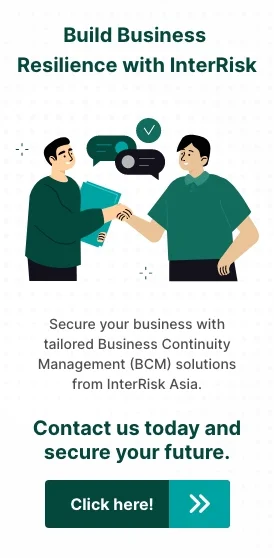CYBER SECURITY is a part of business continuity
Cyber Security is one of the key factors for resilience and business continuity in organizations. In an era where businesses increasingly rely on information technology and cloud systems, cybersecurity has become a critical component. It plays a central role in ensuring uninterrupted operations, especially as organizations face increasingly complex digital threats every day.
HIGHLIGHTS:
- Cyber Security is the effort to protect individuals or organizations from cyberattacks.
- Cyber Security is the foundation of digital stability. It helps protect data, infrastructure, and organizational trust, while also supporting continuity and resilience against cyber threats.
- Cyber Security focuses on prevention and protection against cyber threats, while Cyber Resilience emphasizes recovery and continued operations after an incident has occurred. Both must work together to ensure organizational stability and continuity in the digital age.
- The 6 core components (functions) of cyber security according to the NIST Cybersecurity Framework (CSF) 2.0
- Current solutions used for cyber security
What is Cyber Security? Understanding the Definition

Cyber Security is the effort to protect individuals or organizations from cyberattacks through various tools, activities, and measures to ensure the security of data, information systems, computer systems, and networks.
The concept of Cyber Security covers:
- Encryption
- Access Control
- Threat Detection
- Incident Response
The main goal of cybersecurity is to protect the confidentiality, integrity, and availability of systems and data.
Why is Cyber Security important?
Because it helps protect the digital systems essential to operations and service delivery. If a cyberattack or data breach occurs, an organization may face severe financial, reputational, and operational damage—especially if it lacks a pre-established continuity plan. The benefits of prioritizing cybersecurity include the following:
Cyber Security and Cyber Resilience Are they different?
Although both terms relate to cyber security, they have clearly distinct focuses. Cyber Security emphasizes protecting systems, data, and networks from attacks or unauthorized access such as using firewalls, identity management, or data encryption to prevent incidents that could impact cyber security.
While Cyber Resilience also involves preventing cyber threats, it focuses more on an organization’s ability to respond to cyber incidents that have already occurred such as Ransomware attacks or system outages. It emphasizes rapid recovery and continuity of operations, including having an Incident Response Plan, a Business Continuity Plan, data backups, and system restoration through a Disaster Recovery Plan (DRP).
In summary, Cyber Security focuses on prevention to avoid problems, while Cyber Resilience not only includes prevention but also emphasizes response and recovery when problems occur. Both concepts should be implemented together to ensure organizational resilience and continuous business operations in a world full of cyber risks.
What are the components of Cyber Resilience?
Many people may wonder how many dimensions are involved in managing cybersecurity within an organization, or which framework organizations use to maintain cybersecurity. Generally, government agencies, private sectors, and various organizations commonly adopt the NIST Cybersecurity Framework 2.0 as a guideline for managing cyber risks, as it can be adapted to all industries and organizations of any size. Its purpose is to help organizations assess risks, plan, and develop cybersecurity capabilities, which are crucial for business continuity. The components of cybersecurity according to the NIST framework can be summarized as follows

Govern
Govern refers to the principle that focuses on overseeing and strategizing an organization’s cybersecurity efforts. Its goal is to ensure that cybersecurity operations align with the organization’s mission, stakeholder expectations, and enterprise risk management strategy.
Identify
Identify refers to the principle that helps organizations clearly understand their current cyber security risks. It begins with identifying what needs to be protected and what risks are involved. This is similar to the concept of BIA (Business Impact Analysis) and Risk Assessment.
Protect
Protect is the principle of implementing protective measures to address the cybersecurity risks identified in the Identify phase. Its goal is to reduce the likelihood and impact of cyber incidents and attacks, while also increasing the ability to safely leverage technology.
Detect
Detect is the principle that focuses on identifying and analyzing potential cybersecurity events, such as attacks, intrusions, or system anomalies, in order to maintain the security of data and the organization’s information systems.
Respond
Respond is the principle that outlines the steps an organization must take when a cybersecurity incident occurs. Its goal is to control and reduce the impact of the incident.
Recover
Recover focuses on restoring systems and resuming operations after an organization has been affected by a cyber incident, aiming to return to normal functioning as quickly as possible.
What are popular Cyber Security Solutions today?
We have summarized examples of popular Cyber Security Solutions currently in use, which can be effectively applied to each function of the NIST Cybersecurity Framework (CSF) 2.0 as outlined below.
Govern (GV)
The solution includes various Governance, Risk & Compliance (GRC) platforms that help organizations establish cybersecurity policies, manage risks, and monitor regulatory compliance. This includes activities such as developing risk management plans, defining roles and responsibilities, and auditing compliance with laws or standards.
Identify (ID)
Tools in this category help organizations discover and inventory assets such as devices, data, systems, and personnel, while also assessing related vulnerabilities and risks. This information is used for planning protection strategies and prioritizing actions.
Protect (PR)
Solutions in this category focus on controlling access to systems and data, such as multi-factor authentication, access rights management, data encryption, and employee security awareness training. These measures help prevent cyberattacks or data breaches, such as through Data Loss Prevention (DLP) tools.
Detect (DE)
Security Information and Event Management (SIEM) is one of the solutions under the ‘Detect’ function. Its primary role is to collect event data from various sources such as firewalls, endpoints, servers, and application logs, analyze abnormal behavior, and detect signs of attacks. It then provides real-time alerts when potential cybersecurity threats are identified.
Respond (RS)
Tools in this category help manage cybersecurity incidents systematically, including incident analysis, alerting, remediation actions, and communication with stakeholders. These processes aim to control the impact and prevent further escalation.
Recover (RC)
Recovery systems help back up data and restore systems affected by cybersecurity incidents. This includes retrieving data from backup systems, reconfiguring systems, and communicating with users to ensure a quick return to normal operations. Example solutions include crisis management and business continuity management software.
(Summary) Cybersecurity is the shield that protects your organization, but Cyber Resilience is the recovery power you can't afford to overlook. Get expert consultation with InterRisk Asia
In this article, we explored the concept of Cybersecurity, which plays a crucial role in protection, and Cyber Resilience, which focuses on responding to and recovering from cyber incidents to ensure business continuity. We also introduced the NIST Cybersecurity Framework as a structured approach to safeguarding organizations from cyber threats, along with examples of commonly used solutions.
If your organization is facing challenges in Cyber Resilience and Business Continuity, consult with InterRisk today.
InterRisk Asia is a leading business continuity consulting firm in Thailand, operates under the MS&AD Group from Japan.
End-to-end consulting for the development of a robust BCMS, with pathways to ISO 22301 certification
Specialized training programs designed for both management and staff to enhance awareness and competency in BCMS practices.
Analysis of operational risks and disruption impacts to inform the development of targeted continuity strategies.
Structured exercises to validate your BCP and strengthen organizational preparedness and response capabilities.
Experienced consultants with hands-on BCMS expertise
Customized planning tailored to your business context.
Practical tools and templates, with expert support for testing and improvement.

